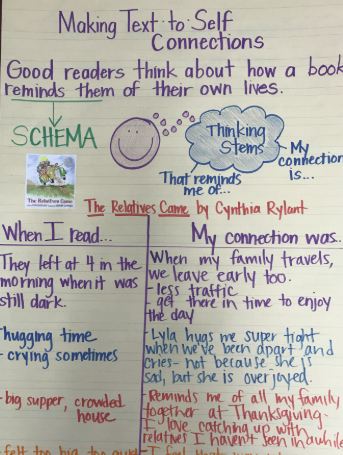In a world filled with information from countless platforms, learning to identify reliable sources is a vital skill. Whether reading for school, research, or everyday knowledge, knowing how to evaluate the trustworthiness of a source helps readers make informed decisions and avoid misinformation. Teaching students to assess source credibility empowers them to become thoughtful, responsible readers.
What Makes a Source Reliable?
Reliable sources are those that provide accurate, well-researched, and balanced information. They are usually created by experts or reputable organizations and include evidence to support claims. Recognizing these traits can help readers separate fact from opinion or error.
Key Features of Reliable Sources
- Author Credentials
Check if the author is an expert in the field. Look for academic qualifications, professional experience, or affiliation with a reputable organization. - Publisher Reputation
Trusted sources often come from well-known publishers, universities, educational institutions, or news organizations with editorial standards. - Date of Publication
Reliable sources are up to date, especially when dealing with current events or scientific information. Always check the publication date. - Evidence and References
Look for sources that back up their claims with data, examples, or citations. This shows that the information is researched and verifiable. - Balanced Perspective
A reliable source presents multiple sides of an issue or avoids extreme bias. It focuses on facts, not just opinions or persuasive language. - Purpose and Tone
Consider why the source was created. Is it meant to inform, entertain, or sell something? Informative texts with a neutral tone are more trustworthy.
Strategies to Teach Source Evaluation
- Use the CRAAP Test (Currency, Relevance, Authority, Accuracy, Purpose) as a framework to examine sources.
- Compare Multiple Sources to see if the information is consistent.
- Encourage Questioning: Who wrote this? Why was it written? Is there any evidence?
- Practice Analyzing Headlines and Images for signs of bias or emotional appeal.
Why It Matters
Understanding how to identify reliable sources helps students:
- Build strong research skills
- Avoid spreading misinformation
- Develop critical thinking
- Make informed decisions in academic and everyday life
Conclusion
Being able to identify reliable sources is a fundamental part of modern literacy. As students learn to read critically and assess credibility, they become more independent, thoughtful learners. With practice and guidance, every reader can learn to navigate information with confidence and care.


